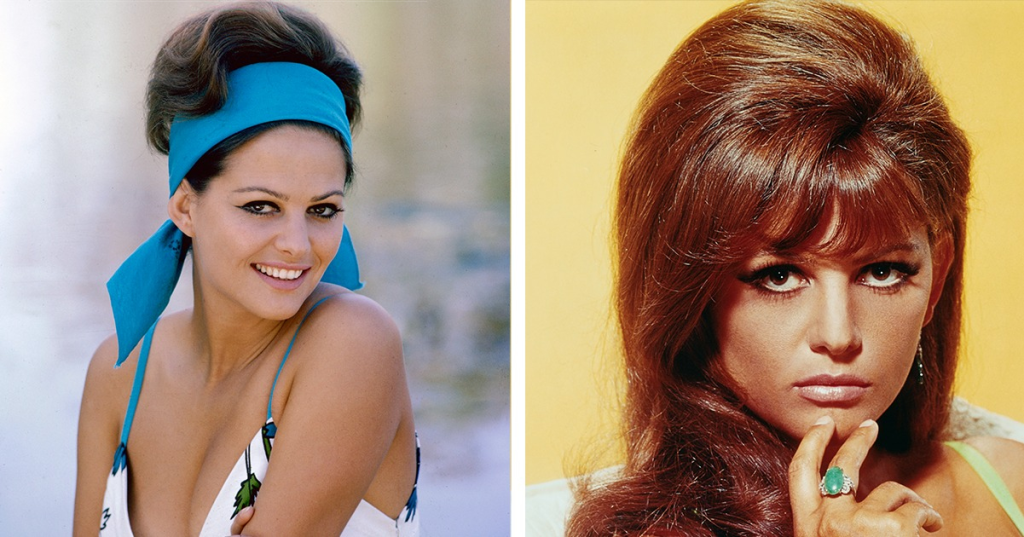
Claudia Cardinale is Italy’s counterpart to France’s Brigitte Bardot. She quickly rose to stardom to almost just as quickly disappear from the scene later on. Now, Claudia Cardinale celebrates her 85th birthday.
The Italian star was originally discovered at a beauty contest held in 1957 by the Unitalia film company. The “most beautiful Italian woman of Tunis” subsequently won a trip to the Venice Film Festival that was to become a decisive turning point in her life. The sultry young woman was born on April 15, 1938, in Tunis, the capital of Tunisia. Her mother was French, and her father Italian.
In 1958, Cardinale, known as CC, played her first role in “Goha” opposite Omar Sharif before being trained as an actress at the Italian Film Academy in Rome. Her talents as an actress renowned for her dauntless rambunctiousness gained her fame, and her gaze into the camera became legendary.
Famous director Luchino Visconti gave her minor roles in “Rocco and his Brothers” (1960), as well as in the historical drama “The Leopard” (1962) with Alain Delon. As she later recounted in a biographical interview, she rebuffed all of her famous film partners, Jean-Paul Belmondo, Marcello Mastroianni, Alain Delon and Burt Lancaster.
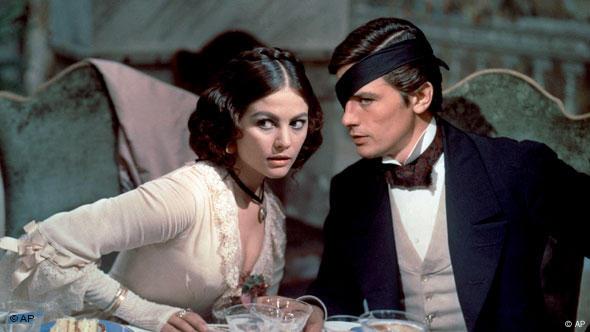
A beauty queen turned into a film diva
Cardinale is Italy’s counterpart of Brigitte Bardot. But in contrast to Bardot, Cardinale never appeared nude in a film: “I always thought it was more erotic to leave some room to imagination, hinting at things rather than showing everything,” she told the German magazine Stern in 2014.
CC achieved her breakthrough with her performance in the highly popular Italo western “Once Upon a Time in the West” (1969). The classical western directed by Sergio Leone and starring Henry Fonda and Charles Bronson was shot in Rome’s Cinecittà studios and in Spain with some scenes set in Utah’s Monument Valley. The film that flopped in the US only acquired cult status in Europe.

CC’s career already saw a downswing in the 1970s. She then turned to television films, especially entertainment films where she showed some talent as a comedian. She got her last main role in a movie in 1971 when she starred opposite her main rival, Brigitte Bardot, in the Italo western comedy “Frenchie King.”
Spending time in a jungle with Werner Herzog
Ten years later, CC starred in German director Werner Herzog’s historical film “Fitzcarraldo” (1981). Although Claudia Cardinale had a difficult time enduring the bouts of anger of her eccentric film partner Klaus Kinski, she greatly enjoyed shooting and working with director Werner Herzog: “Being in the middle of the jungle with insects all around me and nothing to eat was one of my most wonderful adventures,” she later stated.
Claudia Cardinale and other heroines of European film
Claudia Cardinale is seen as Italy’s counterpart to France’s Brigitte Bardot. The actress who became a star in the 1950s and 60s now celebrates her 85th birthday.
Claudia Cardinale
She’s the youngest of Italy’s three major female stars. Claudia Cardinale worked with outstanding directors like Luchino Visconti and Federico Fellini. She fascinated audiences with her charming smile and acting skills in westerns, among them “Once Upon a Time in the West” and “The Professionals” (pictured).
Gina Lollobrigida
One of the most highly acclaimed European stars of the 1950s and 60s was Gina Lollobrigida who was born in the East of Rome in 1927. “Lollo” even made it to Hollywood where she was equally showered with praise. In the 1970s, however, she withdrew from showbiz.
Sophia Loren
Another Italian actress, Sophia Loren, who was a few years younger than Lollo, became her fiercest rival. The mutual hatred and jealousy of the two stars was a frequent topic in tabloids. In contrast to Lollobrigida, Sophia Loren continued to perform in movies even as an older woman.
Brigitte Bardot
During the same time, another sexpot rose to stardom in France with movies like “And God Created Woman” and “Love is my Profession.” Brigitte Bardot, the superstar of the Grande Nation, withdrew from film production in the 1970s to devote herself to animal rights causes.
Catherine Deneuve
A decade later, Bardot’s compatriot Catherine Deneuve broke onto the film scene. Deneuve differed much from both Loren and Lollo by playing roles as aloof and myterious women early in her career. Deneueve’s talent as an actress guaranteed her success throughout her life.
Romy Schneider
The two decades between 1960 and 1980 were also the golden era of German-French actress Romy Schneider. Born in Vienna, she made her breakthrough in the German-speaking world as “Sissi” before moving to France. In Paris, she became one of the most charismatic and impressive actresses of European film scene. But in her private life, she was anything but lucky. She died in 1982.
Penélope Cruz
One of the most famous Europen actresses in recent decades is Spanish actress Penélope Cruz. Cruz started her career in her home country before achieving fame in other European countries and, finally, Hollywood. Her performances received a lot of acclaim, especially in films by director Pedro Almodóvar, among them “Volver” (pictured).
Irene Papas
After 1945, actresses from smaller European nations were able to conquer the hearts of audiences across Europe. One of them was Irene Papas who is also renowned as a singer in her home country, Greece. She celebrated her biggest success in “Zorba the Greek” (1964) before also working in other European countries, and in Hollywood.
Tatjana Samoilova
While films from Italy, France, Germany and England dominated the film scene during the postwar era, it should not be forgotten that eastern Europe had much to offer too. One of the biggest female stars of Russian film was certainly Tatjana Samoilova who achieved world fame with the movie “The Cranes are Flying” (1957).
Krystyna Janda
Polish actress Krystyna Janda became known in the 1970s for her performances in films by Polish director Andrzej Wajda. She then performed in international co-productions with stars like Lino Ventura. In her home country, Krystyna Janda is also known as a singer and an an author.
In 1993, CC received a Golden Lion for lifetime achievement at the Venice Film Festival to be followed in 2002 by an “honorary bear” at the Berlinale. The spirited actress performed in more than 100 films.
In 2017, CC once again drew attention at an international film festival. A photo depicting her as a young actress embellished a placard in Cannes where she had often been invited as an honorary guest. On April 15, Claudia Cardinale will turn 80. Happy birthday!
This article was originally published April 15, 2018 and updated.
My Father-in-Law Gave Me a Pillow as an Anniversary Gift – I Was Shocked When I Learned His True Intentions

When a mysterious package arrives at Kate and Josh’s home, they are confused to see that the sender is Josh’s estranged father. But things get even stranger when Josh finds a ticking box inside the gift — a beautiful pillow. A confrontation occurs, and Josh is left battling with the truth. Should he forgive his father, or act like their relationship is nonexistent?
Josh had just taken their daughter, Emily for a stroll around the garden when the doorbell rang, signaling that the day needed to begin.
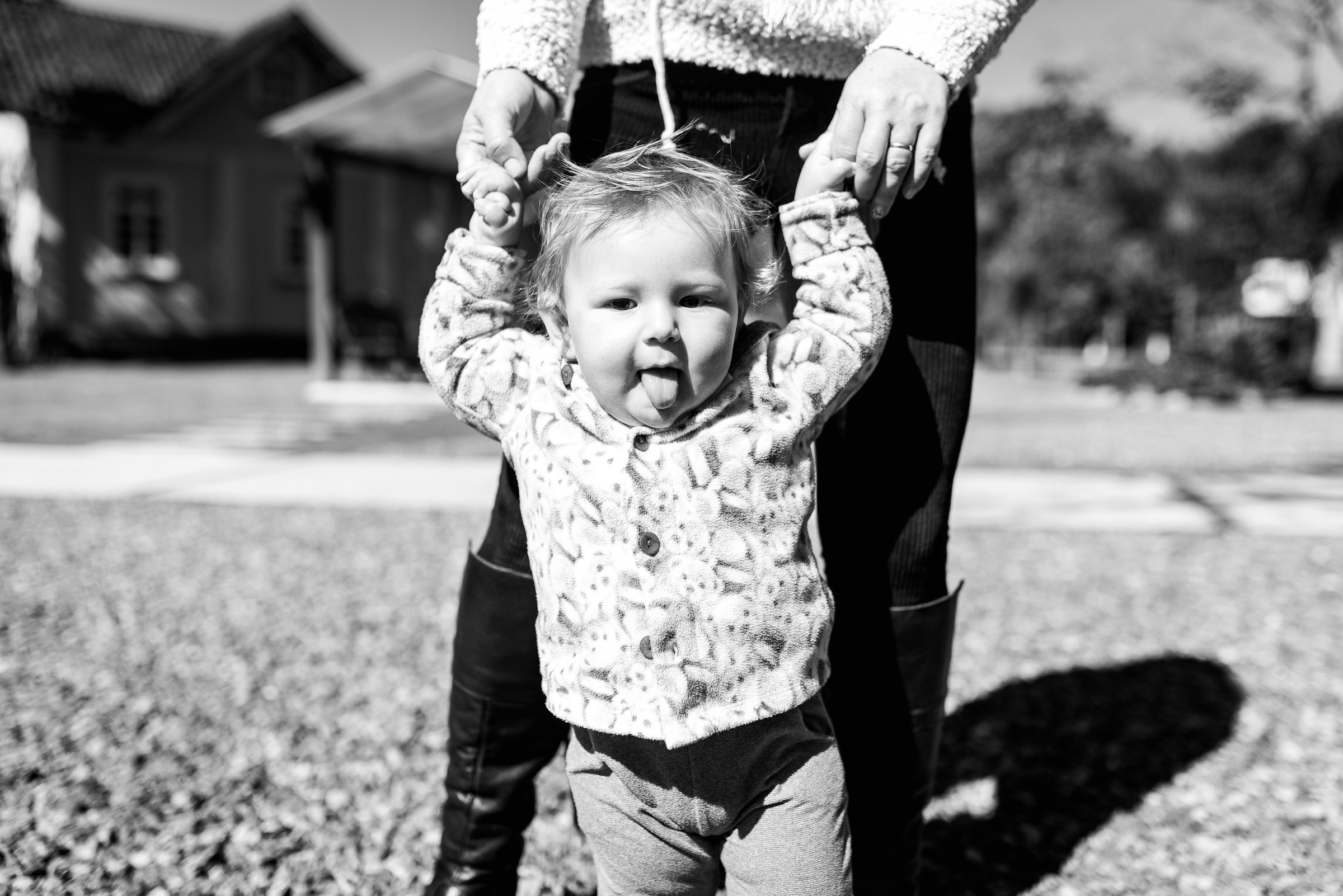
A person holding a baby’s hands | Source: Unsplash
“I have a package for you,” the delivery man said as I opened the door.
I signed and carried the box into the kitchen. Our third wedding anniversary was this week, and Josh was always ordering things for me.

A person with a brown cardboard box | Source: Pexels
“I just want to surprise you, Kate,” he said one day while we were lounging on the couch. “It’s just the little things, you know?”
So, naturally, as I took the package to the kitchen, I just assumed that it was from him.
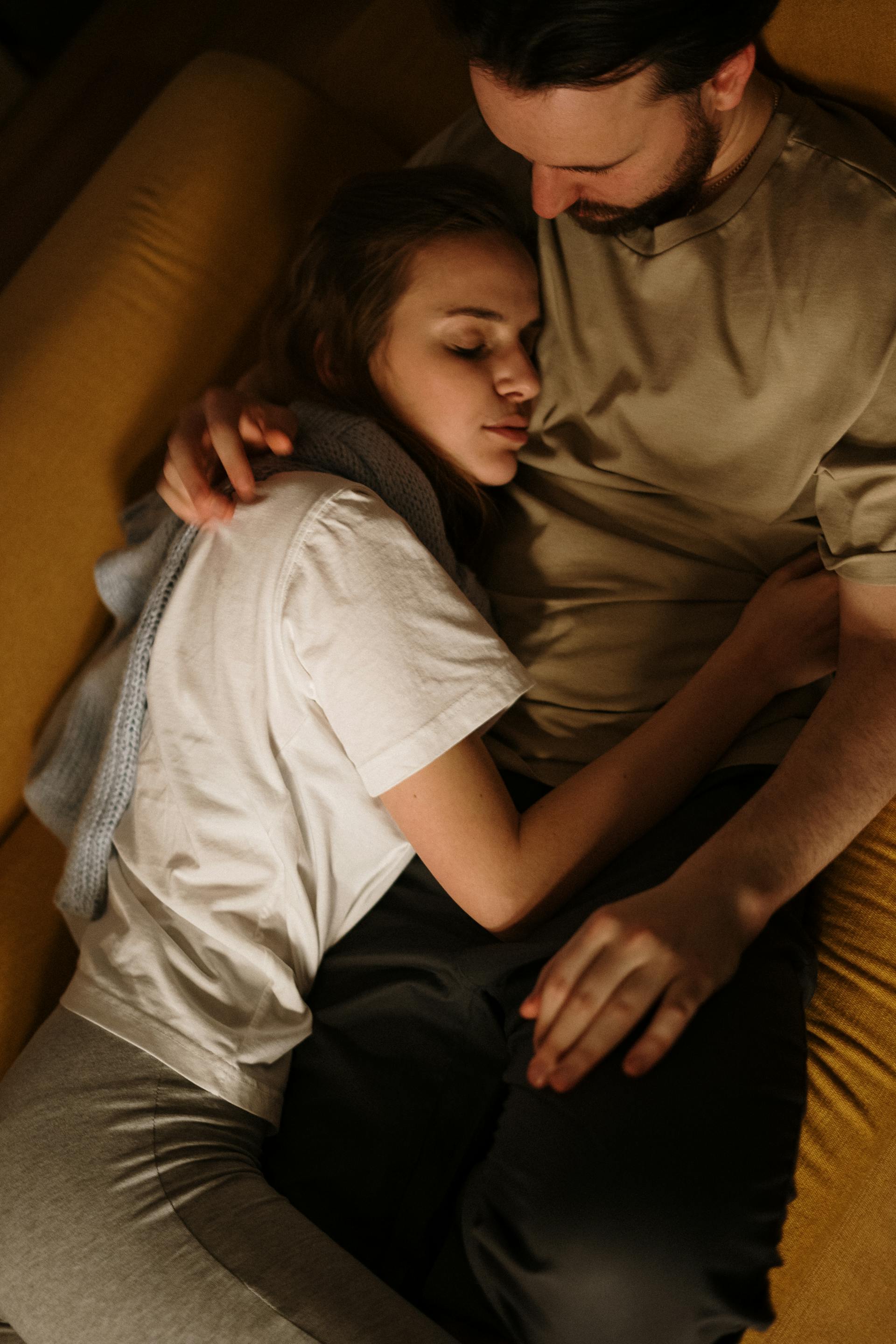
A couple on a couch | Source: Pexels
Until I took a pair of scissors and cut through the thick tape. Opening the package, I found a beautifully embroidered pillow, a note sticking out beneath it. It would have matched our living room décor perfectly.
Happy Anniversary, Josh and Kate! – Taylor.
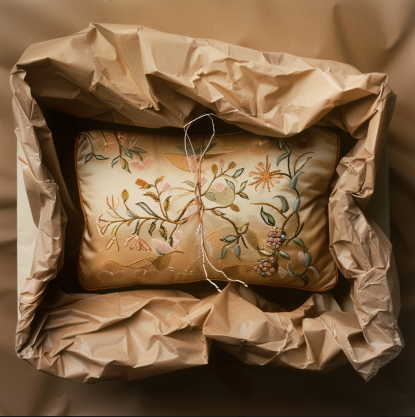
A package with a pillow inside | Source: Midjourney
For a moment, I reveled in the kindness of the gesture. But then I remembered that there was no way possible that Josh would accept this gift.
“Hey, what’s this?” Josh said, coming back into the kitchen with Emily on his shoulders. “Did we order something?”
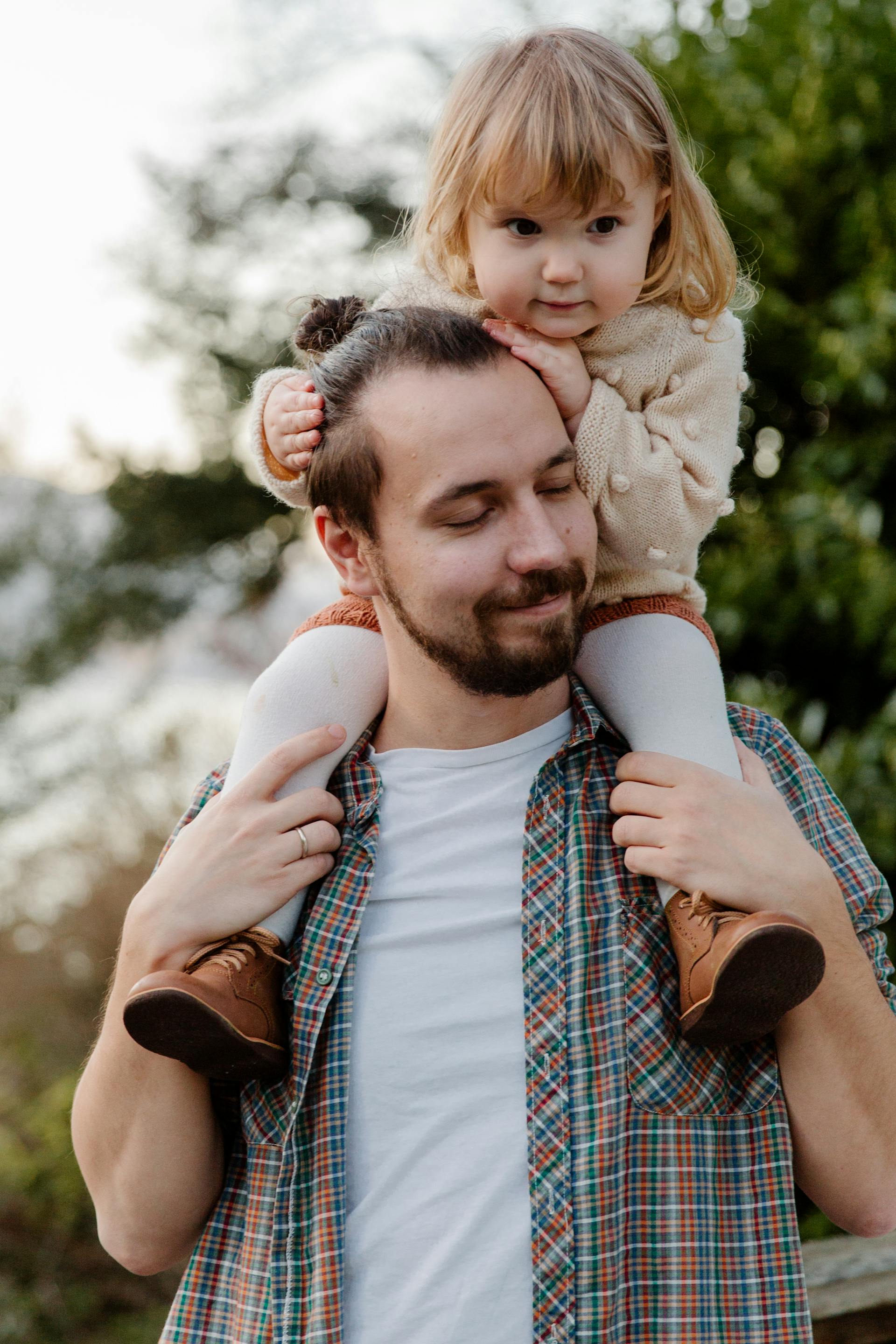
A man carrying his daughter | Source: Pexels
“Well, it’s a gift,” I said cautiously. “From your father.”
Josh pulled the note from me, his eyes flying across the paper.
I wondered what he was going to do. Josh and his father had a very complicated relationship. When Josh was a child, Taylor had abandoned him and his mother.
He had been seeing another woman, and when it finally came down to a choice, Taylor had chosen the other woman.
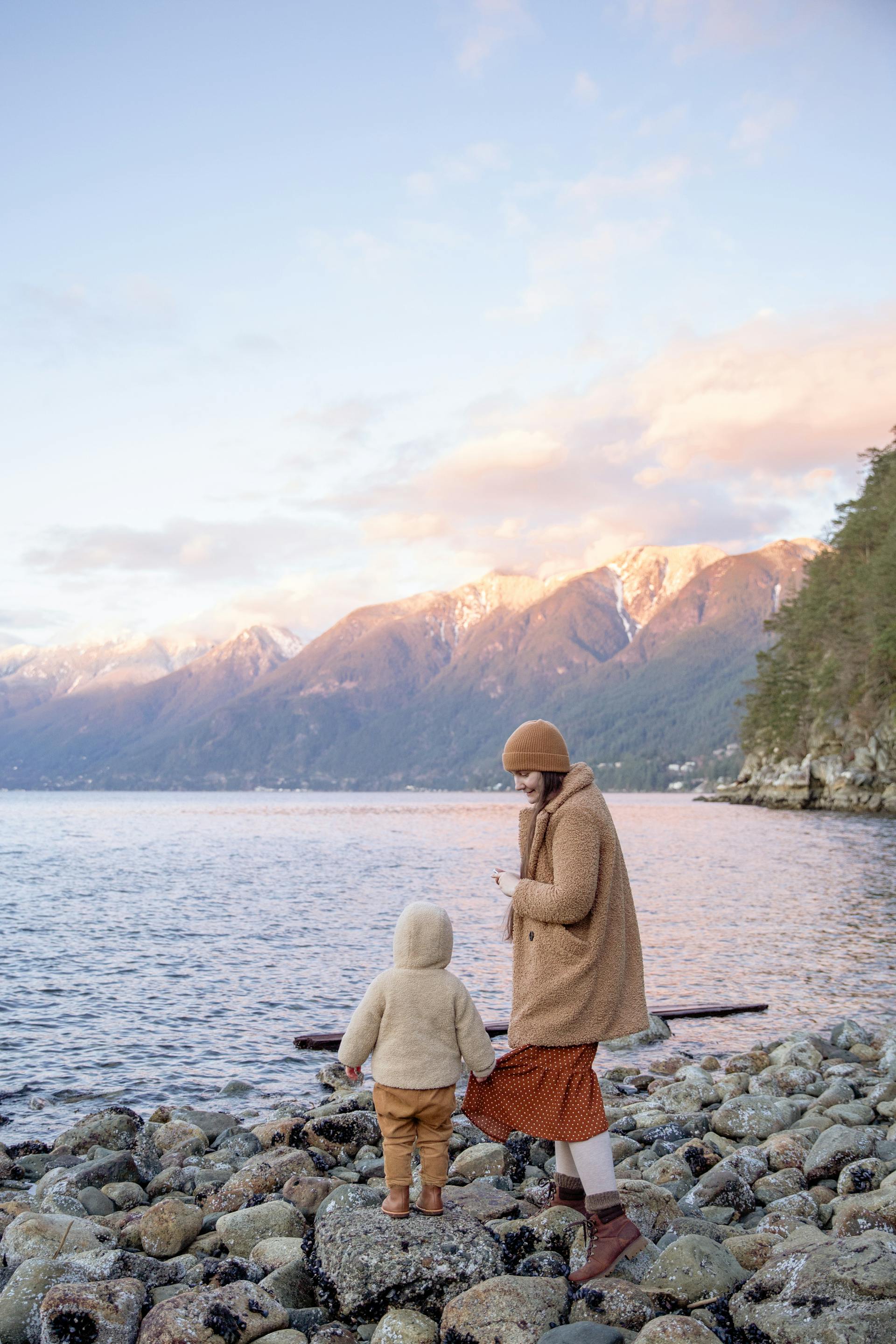
A mother and son | Source: Pexels
Josh had been seven, and he had never recovered from it. He told me all about it one evening when we went out for dinner.
“A father is supposed to choose you, Kate. But he went ahead and left us behind so that he could start a new life with his mistress. That’s not how this works.”

A couple having dinner | Source: Pexels
I understood his point of view. Of course, he had just wanted his father to be there for him and his mother.
Instead, Taylor had other ideas.
“He said that he needed to be happy, and that my mother was too strict with him. He had a job, but he was always doing illegal things on the side. So he packed up his things and left.”

A man with packed bags | Source: Pexels
“What do you mean?” I asked, shocked that Josh had been exposed to something like that at such a young age.
“Money, swindling it. Gambling, all that,” my husband said as he picked up his glass of whiskey.
And that was it. Josh didn’t speak to him again until a year before we got married.
Taylor had heard about our upcoming wedding through other relatives, and he thought it was the perfect opportunity to try and make things right between them.

A person holding a phone | Source: Unsplash
But Josh refused.
“I don’t want him around us on our special day, Kate. It’s not going to benefit anyone. And if anything, seeing him will spoil everything for me.”
“And you don’t think you’d regret it?” I asked as I folded wedding invitations into envelopes.
“Not at all,” Josh replied, picking up an envelope. “For all we know, someone will come and crash the ceremony because he owes them money.”

A wedding invitation | Source: Pexels
And that was that. Topic closed.
I didn’t want to push it. I knew it was up to him to deal with it later if he regretted it. I would support him, but I wouldn’t want to overstep anything, especially because Taylor sounded like a lot to deal with.
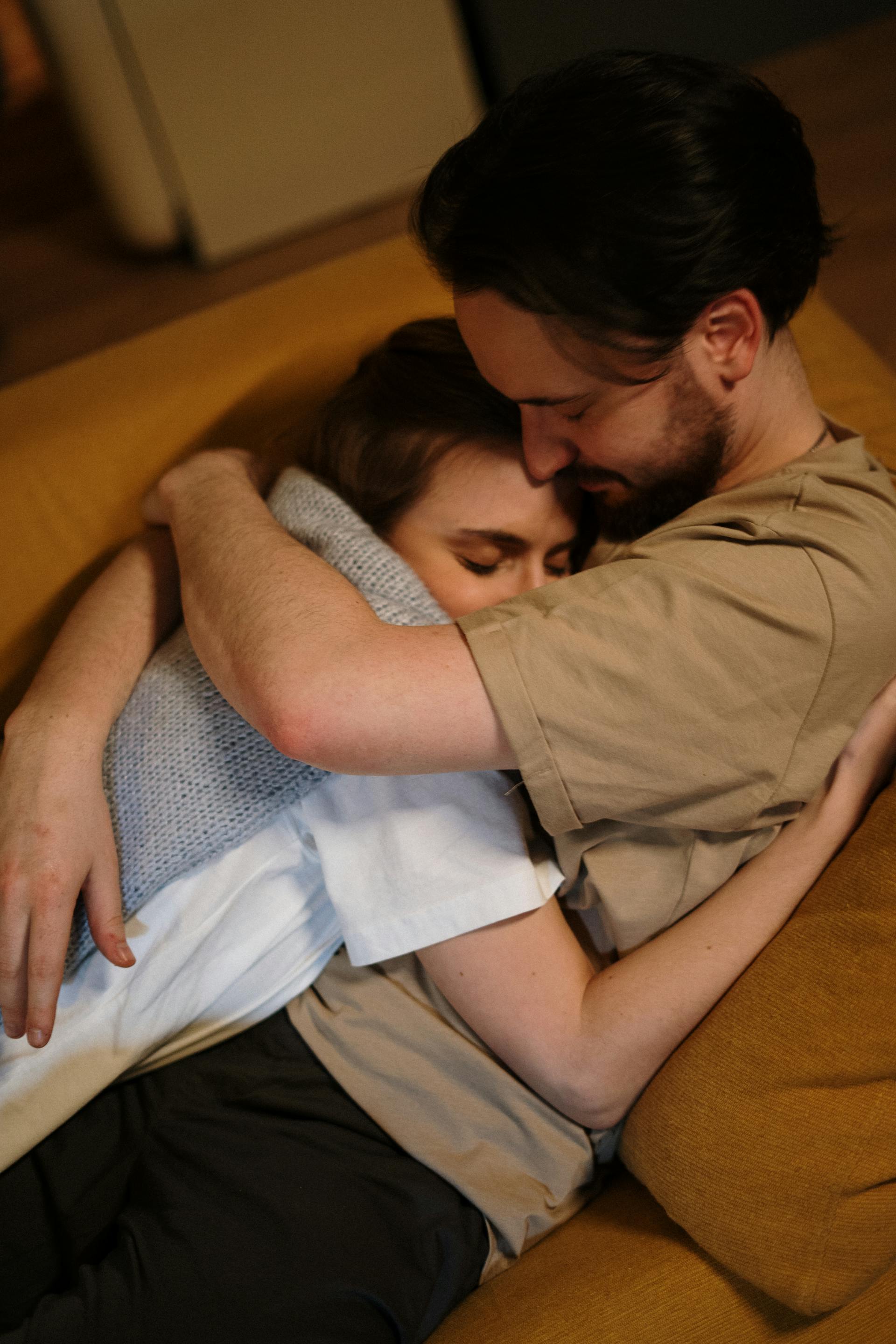
A couple embracing | Source: Pexels
When Emily was born, Taylor tried to get into our good books one more time. He wanted to reach out and try to make things right with Josh so that he could have his role of being a grandfather.
“I don’t want him around us. I don’t want him around our child. Please, Kate, don’t fight me on this one. This man is bad news,” my husband said, carrying our baby.

A newborn baby’s feet | Source: Pexels
So that was it.
Which brings us back to the present.
Josh picked up the pillow and felt it up and down; he even put it to his ear, his eyes widening.
“Sweetheart, we can’t keep this pillow!” he said.

A shocked man | Source: Pexels
Without another word, he rushed over and threw it out the back door.
“Josh, what’s going on?” I exclaimed, leaving Emily in her high seat with fruit slices.
“It’s ticking, Kate! There’s something inside. He’s up to something.”
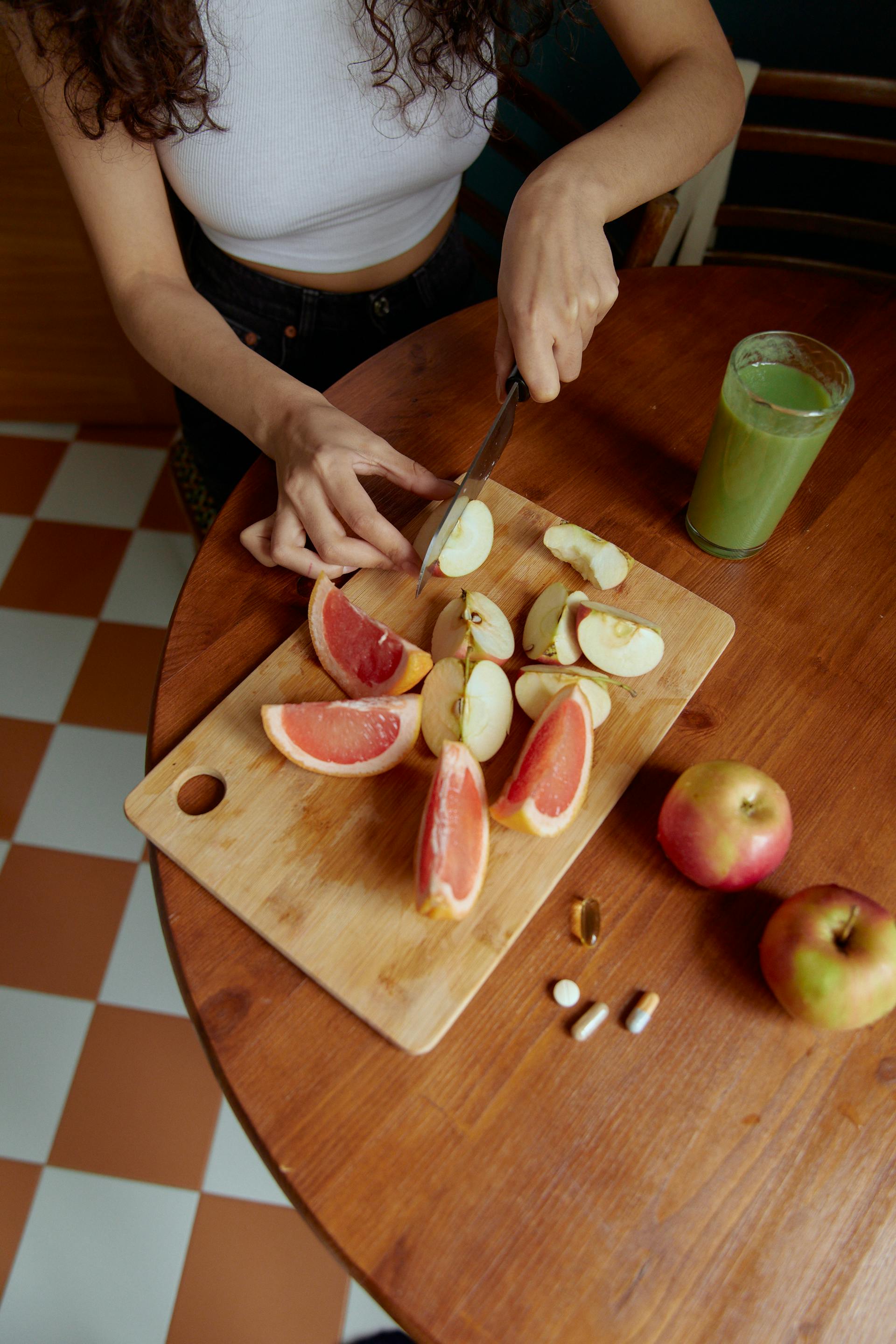
A person cutting fruit | Source: Pexels
“Ticking?” I said. “What do you mean?”
We both went outside.
We stood over the pillow lying innocently among our garden flowers. I hesitated, then reached down to listen.
Sure enough, there was a soft ticking sound.

Yellow garden flowers | Source: Pexels
“Oh,” I said, shocked. I had been convinced that Josh had been hearing things that weren’t there.
Why would Taylor want to hurt us in any way?
“Take out your phone and video this entire thing,” Josh said as he bent to pick up the pillow. “Just in case something happens or there’s something illegal in there.”

A woman holding a phone | Source: Pexels
With a deep breath, Josh tore the pillow open to reveal a small, mysterious box equipped with a timer.
“What the hell is that?” I murmured, dread creeping up my spine.
“Let’s find out,” Josh’s jaw was set. “Call him.”
I dialed Taylor’s number, my hands trembling.

A man holding a box | Source: Unsplash
“Hi, Kate,” he said, his voice cheery. “Did you get my package? I didn’t know what to get you, but I knew that I had to get something.”
“There’s something inside the pillow,” Josh said. “A box. It’s making a sound. What is it?”
“Please be honest,” I said.
“It’s a gift, Kate. For your anniversary,” Taylor’s voice was calm, almost soothing to me.

A woman on the phone | Source: Pexels
“The sound is probably the timer; it’s supposed to make a sound and open on the day,” he said. “There’s something in there.”
My husband snatched the phone from my hand.
“Do you really think we want anything from you? What’s really in the box, Dad? Is there something that shouldn’t be there? Something illegal?” Josh demanded.

An angry man on the phone | Source: Pexels
“Please, Josh,” he said. “It’s just a gesture. I mean absolutely no harm.”
“If you truly mean that, then stay out of our lives.”
“Wait, Kate,” Taylor said. “Just open the box, okay?”
Taylor sighed deeply, and Josh reached out and cut the call.
I looked at my husband; he seemed confused by it all. I knew that he was curious about what was inside the little box, but he was traumatized by everything his father had done.

An expressionless man | Source: Pexels
“What do you want to do?” I asked him.
“I don’t know,” he said, holding his head.
“Let’s open it,” I said. “If he wanted me to open it, then there’s no way that he’s trying to hurt us, darling. Okay?”
Josh nodded slowly, finally accepting it for what it was. His father had simply wanted to reach out to us and give us a gift. That maybe everything was as easy as it seemed.

A man holding a phone | Source: Unsplash
“But record it, okay?” Josh said.
I picked up my phone again and began recording.
My husband pried the box open, revealing its contents: a check for $100,000.
Josh stared at the check, his emotions flying across his face as he tried to make sense.
“What is he playing at, Kate?” Josh asked, stunned. “There’s no way that this is clean money. He must be trying to cover up for something.”
But before we could process this further, Taylor called back.

An uncertain man | Source: Pexels
I answered, hesitant.
“We found the check,” I said. “Why did you do that?”
“Because I’m dying, Kate,” he confessed quietly. “I’ve made my fair share of mistakes, and I know that Josh hates me. But that money is for you guys. And if Josh doesn’t want it, then keep it for Emily’s future. For school. Nobody needs to know that it came from me.”
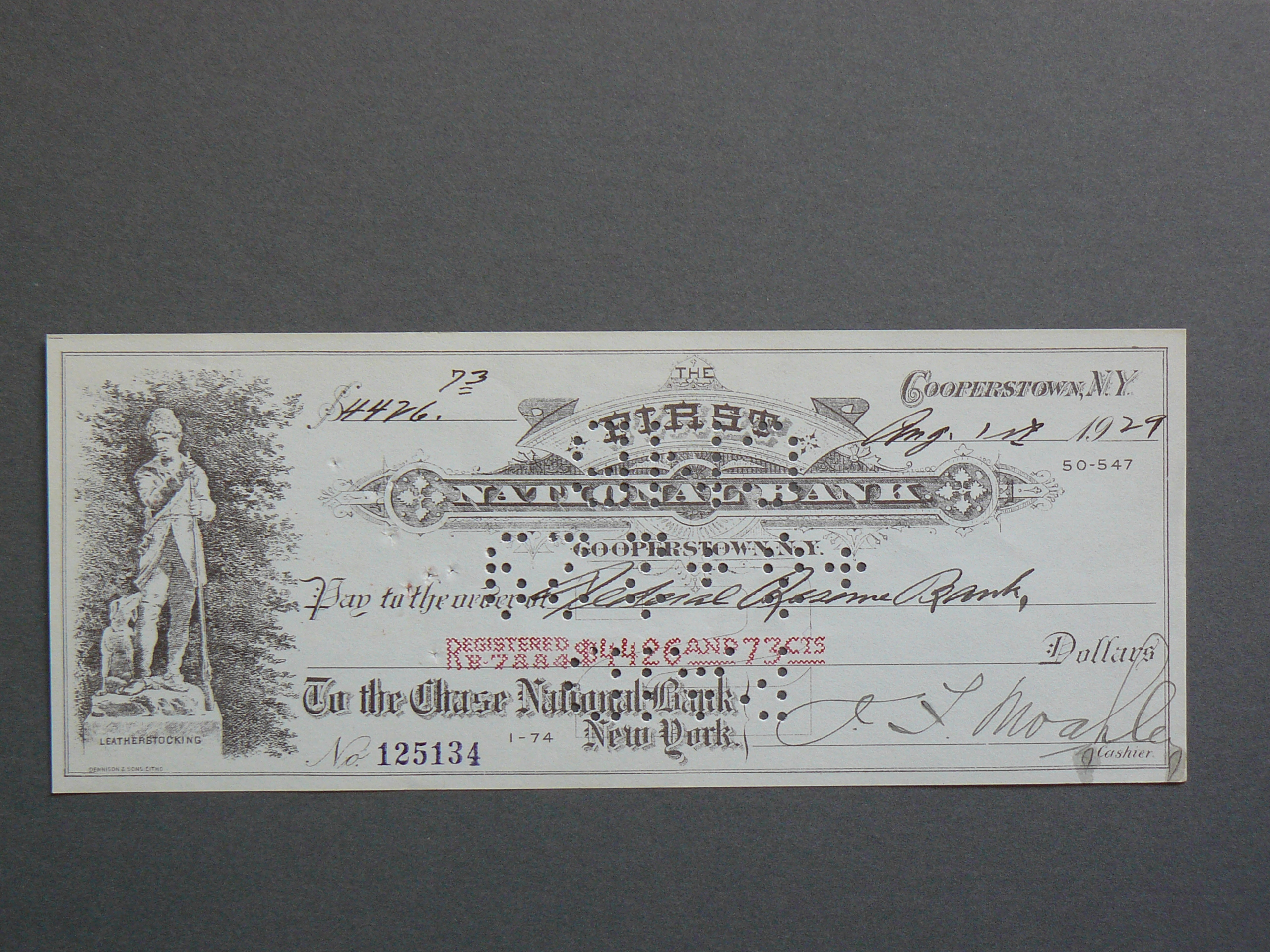
A bank cheque | Source: Flickr
I walked inside the house, realizing that we had left Emily alone for too long. Not that it mattered, because our daughter was sitting quietly by herself and eating her fruit.
Josh was right behind me.
“Dad,” he said, taking the phone from me. “If you’re really serious about your health, then please, we need to talk. No more games.”

A man talking on the phone | Source: Pexels
“Thank you, Josh,” Taylor’s voice came through the phone. “You tell me when.”
We arranged to meet Taylor at a park later that week; it wasn’t far from us, and we often took Emily there.
As the day arrived, Josh was visibly nervous, fidgeting as we waited on a secluded bench.
When Taylor arrived, he looked frail and worn.
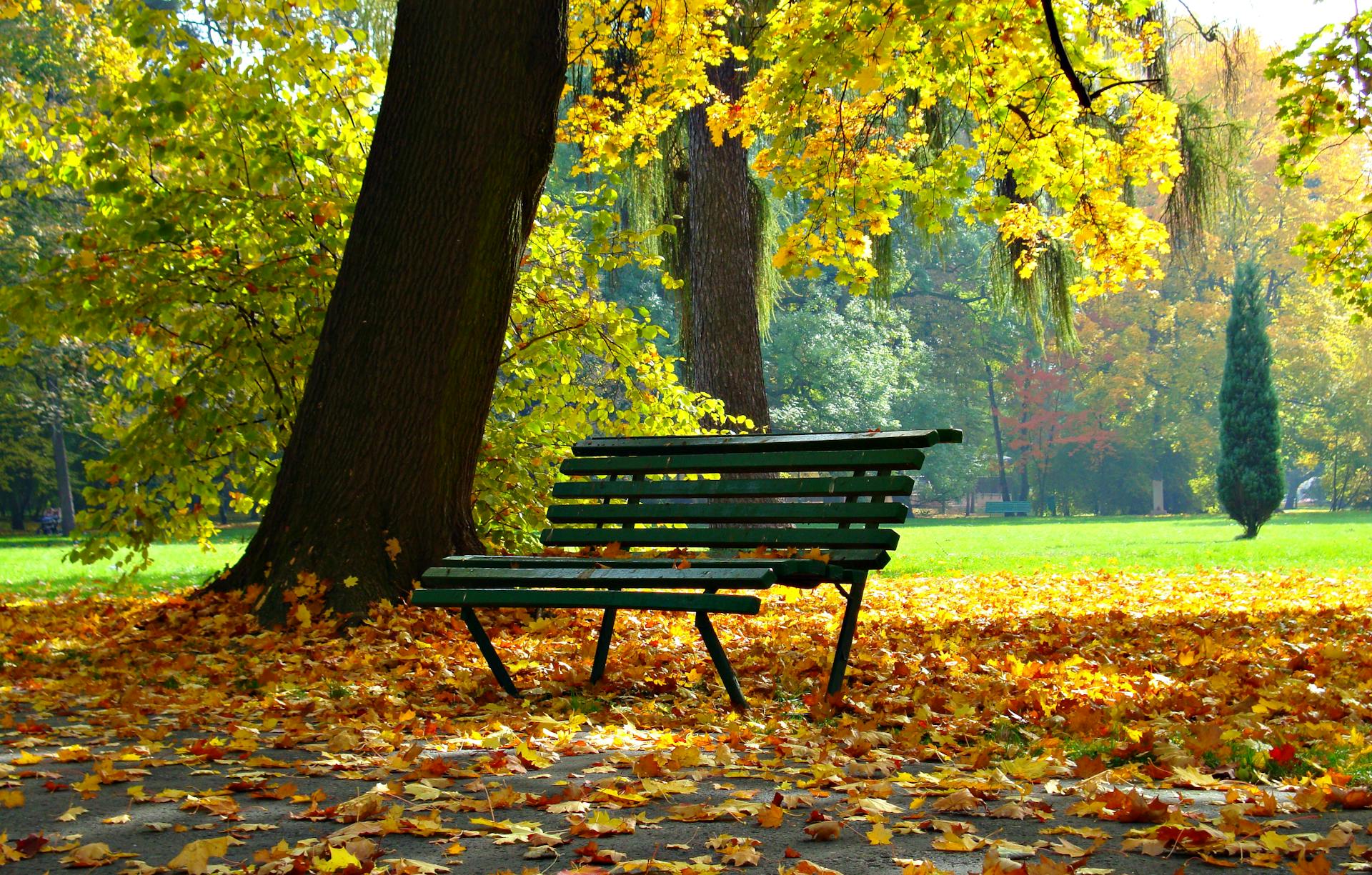
A secluded park bench | Source: Pexels
“I’m so sorry for everything. I was a terrible father. I don’t have much time left, but I want to spend it making amends.”
Josh took a long breath.
“It’s not easy, Dad. But I’m willing to try. For Emily’s sake, so that one day, she’ll know that her grandfather carried her through school.”
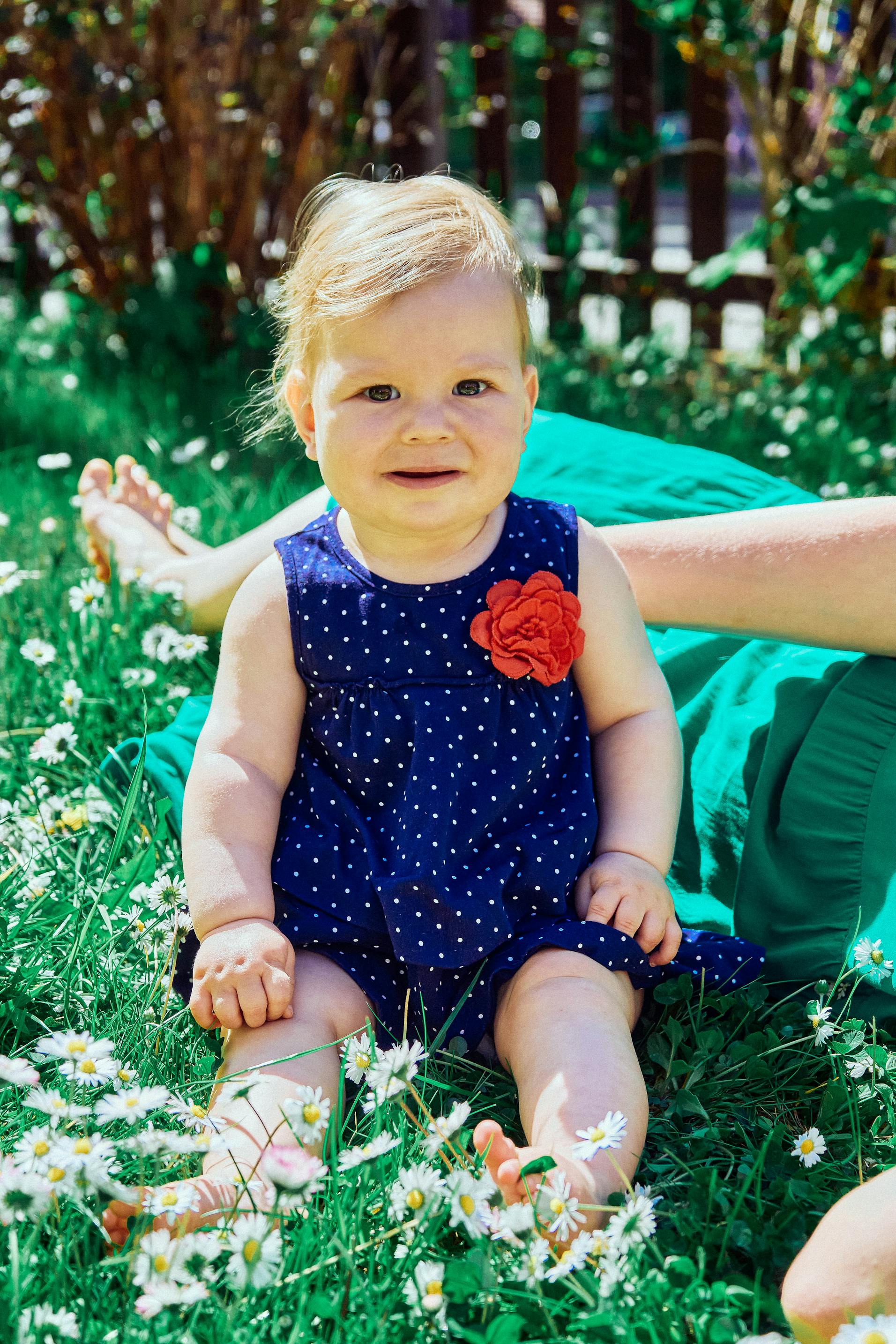
A smiling little girl | Source: Pexels
While Josh and my father-in-law spoke, I set up the picnic that I had brought along with me. I figured that if anything awkward happened, we all still needed to eat.
As we left the park, Josh squeezed my hand, a weight lifted from his shoulders.
“Maybe it’s good that pillow showed up, after all,” he mused, a small smile breaking through.
Things could only get better from here, right?

A picnic setup | Source: Pexels
What would you have done?
If you enjoyed this story, here’s another one
Leighton, after witnessing how her parents celebrated their anniversary, is sure about one thing — when she gets married, she will do just that. But when her anniversary rolls around, her husband skips their romantic dinner and lies about a meeting.

A newlywed couple at the beach | Source: Pexels
Curiosity prevails, and Leighton follows Josh, only to find him at a motel with the first person he ever loved. Is there a hidden truth, or is the story exactly what it looks like?
This work is inspired by real events and people, but it has been fictionalized for creative purposes. Names, characters, and details have been changed to protect privacy and enhance the narrative. Any resemblance to actual persons, living or dead, or actual events is purely coincidental and not intended by the author.
The author and publisher make no claims to the accuracy of events or the portrayal of characters and are not liable for any misinterpretation. This story is provided “as is,” and any opinions expressed are those of the characters and do not reflect the views of the author or publisher.
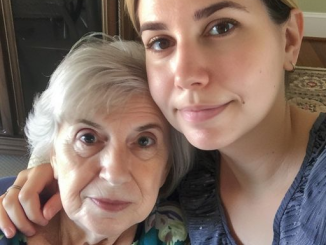

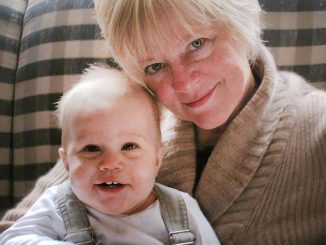
Leave a Reply